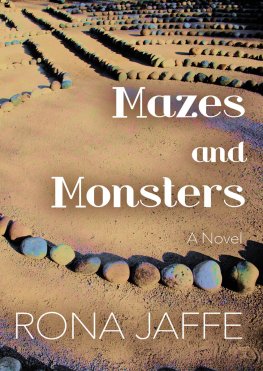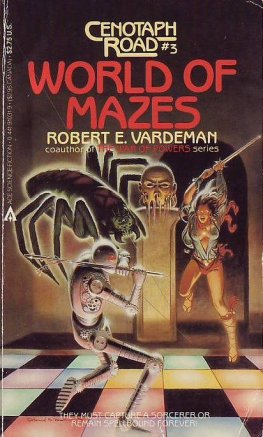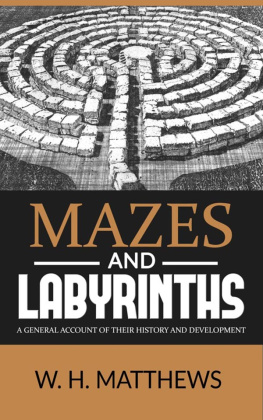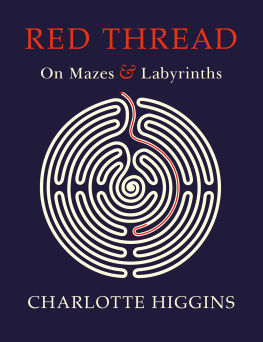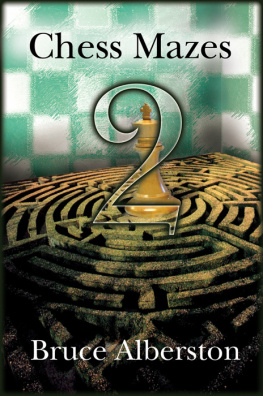Footnotes
Often erroneously alluded to as "the Athenian Grammarian."
Edited and published by his son, S. P. Cockerell, in 1903.
A sort of low-crowned round hat with a broad brim.
These plans, although awarded the prize, were not adopted, the designs actually carried out being some by a native architect who obtained tenth place in the competition.
"Coil-of-rope walk" according to Ruskin (Fors Clav.).
Accepted as a historic fact by Mr. E. O. Gordon in his "Prehistoric London."

Mazes and Labyrinths by W.H. Matthews.
This edition was created and published by Global Grey 2015.
GlobalGrey 2015

Get more eBooks at:
www.globalgreyebooks.com
To
ZETA
whose innocent prattlings on the
summer sands of Sussex
inspired its conception
this book
is most affectionately
dedicated
MAZES AND LABYRINTHS
A GENERAL ACCOUNT OF THEIR HISTORY AND DEVELOPMENT
BY
W. H. MATTHEWS
1922
Preface
ADVANTAGES out of all proportion to the importance of the immediate aim in view are apt to accrue whenever an honest endeavour is made to find an answer to one of those awkward questions which are constantly arising from the natural working of a child's mind. It was an endeavour of this kind which formed the nucleus of the inquiries resulting in the following little essay.
It is true that the effort in this case has not led to complete success in so far as that word denotes the formulation of an exact answer to the original question, which, being one of a number evoked by parental experiments in seaside sand-maze construction, was: "Father, who made mazes first of all?" On the other hand, one hesitates to apply so harsh a term as "failure" when bearing in mind the many delightful excursions, rural as well as literary, which have been involved and the alluring vistas of possible future research that have been opened up from time to time in the course of such excursions.
By no means the least of the adventitious benefits enjoyed by the explorer has been the acquisition of a keener sense of appreciation of the labours of the archaeologist, the anthropologist, and other, more special, types of investigator, any one of whom would naturally be far better qualified to discuss the theme under considerationat any rate from the standpoint of his particular branch of learningthan the present author can hope to be.
The special thanks of the writer are due to Professor W. M. Flinders Petrie for permission to make use of his diagram of the conjectural restoration of the Labyrinth of Egypt, Fig. 4, and the view of the shrine of Amenemhat III, .
The many kind-hearted persons who have earned the gratitude of the writer by acceding to his requests for local information, or by bringing useful references to his notice, will perhaps take no offence if he thanks them collectively, though very heartily, in this place. In most cases where they are not mentioned individually in the text they will be found quoted as authorities in the bibliographical appendix. The present is, however, the most fitting place in which to express a cordial acknowledgment of the assistance rendered by the writer's friend, Mr. G. F. Green, whose skill and experience in the photographic art has been of very great value.
Grateful recognition must also be made of the help and courtesy extended to the writer by the officials of several libraries, museums, and other institutions, notably the British Museum, the Society of Antiquaries, Sion College, and the Royal Horticultural Society.
W. H. M.
Ruislip, Middlesex.
1922.
Chapter 1. Introduction
A DELIGHTFUL air of romance and mystery surrounds the whole subject of Labyrinths and Mazes.
The hedge-maze, which is the only type with which most of us have a first-hand acquaintance, is generally felt to be a survival of a romantic age, even though we esteem its function as nothing higher than that of a playground for children. Many a tender intrigue has been woven around its dark yew alleys. Mr. Compton Mackenzie, for example, introduces it most effectively as a lovers' rendezvous in "The Passionate Elopement," and no doubt the readers of romantic literature will recall other instances of a like nature. The story of fair Rosamond's Bower is one which will leap to the mind in this connection.
This type of maze alone is worth more than a passing thought, but it is far from being the only, or even the most interesting, development of the labyrinth idea.
What is the difference, it may be asked, between a maze and a labyrinth? The answer is, little or none. Some writers seem to prefer to apply the word "maze" to hedge-mazes only, using the word "labyrinth" to denote the structures described by the writers of antiquity, or as a general term for any confusing arrangement of paths. Others, again, show a tendency to restrict the application of the term "maze" to cases in which the idea of a puzzle is involved.
It would certainly seem somewhat inappropriate to talk of "the Cretan Maze" or "the Hampton Court Labyrinth," but, generally speaking, we may use the words interchangeably, regarding "maze" as merely the northern equivalent of the classic "labyrinth." Both words have come to signify a complex path of some kind, but when we press for a closer definition we encounter difficulties. We cannot, for instance, say that it is "a tortuous branched path designed to baffle or deceive those who attempt to find the goal to which it leads," for, though that description holds good in some cases, it ignores the many cases in which there is only one path, without branches, and therefore no intent to baffle or mislead, and others again in which there is no definite "goal." We cannot say that it is a winding path "bounded by walls or hedges," for in many instances there are neither walls nor hedges. One of the most famous labyrinths, for example, consisted chiefly of a vast and complicated series of rooms and columns. In fact, we shall find it convenient to leave the question of the definition of the words, and also that of their origin, until we have examined the various examples that exist or are known to have existed.


